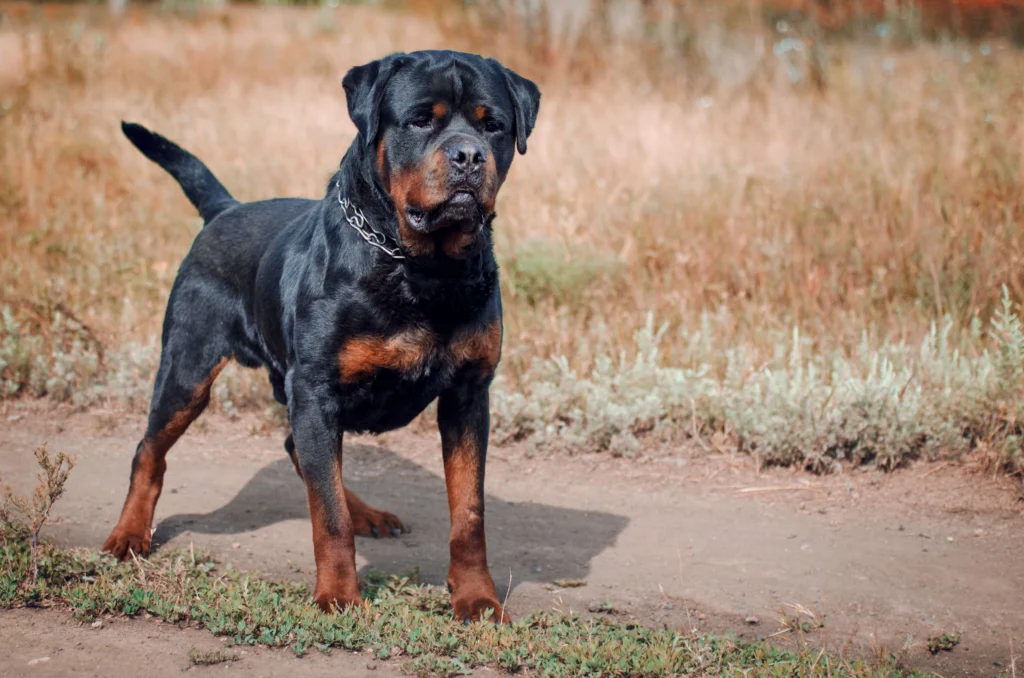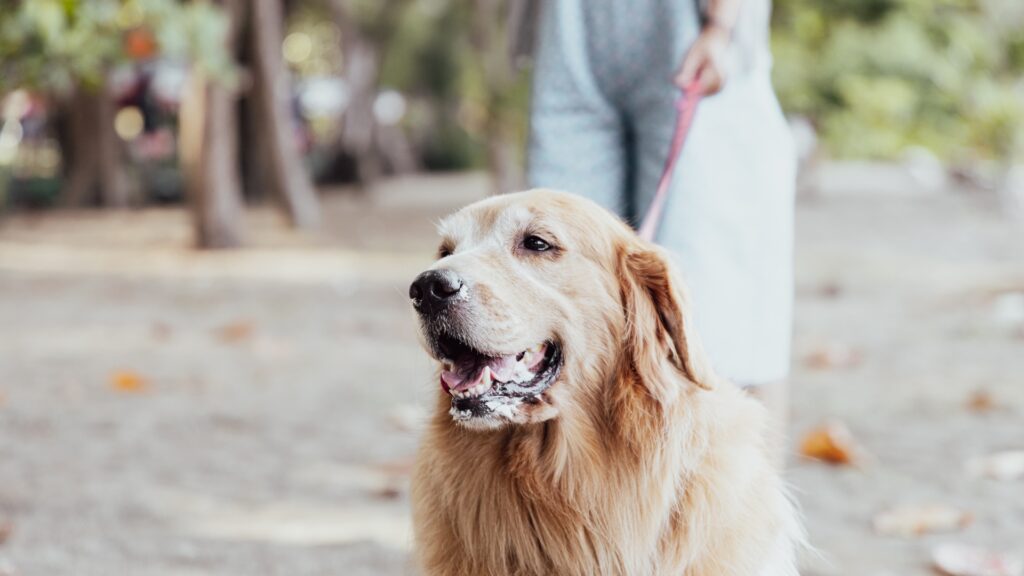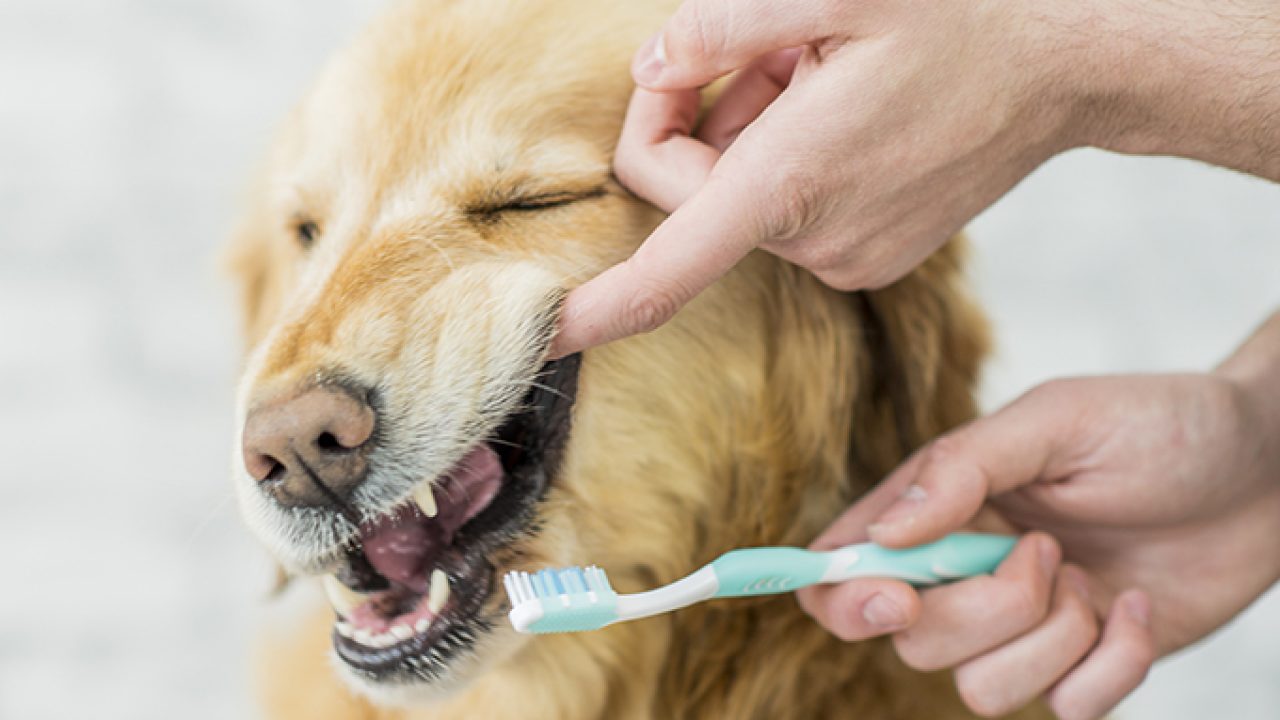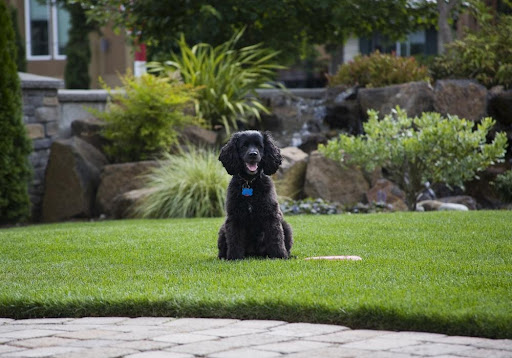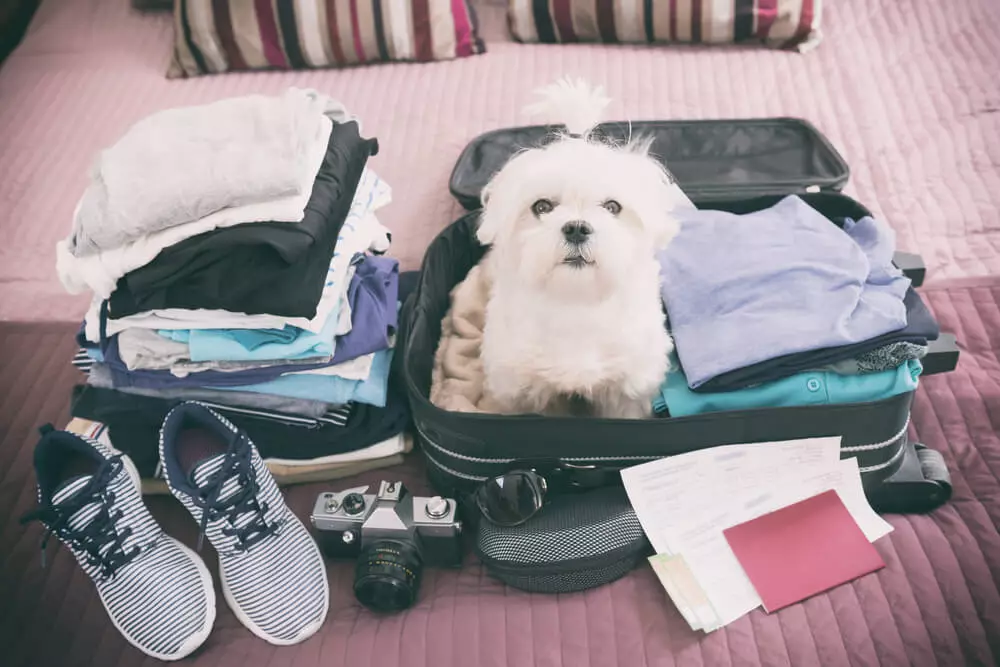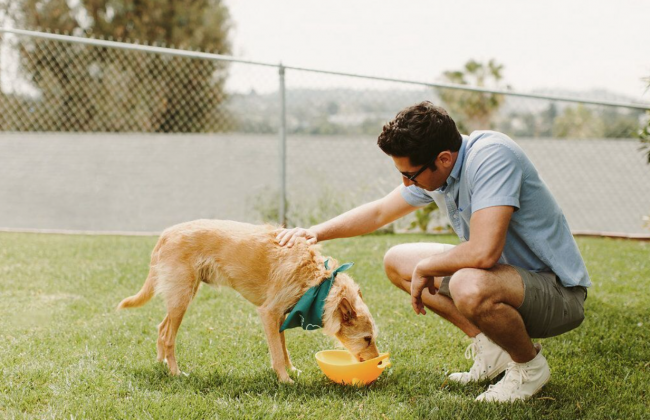We love our pets and need them to be safe and healthy. But sometimes our pets have diseases and disabilities. Canine deafness is one among them. Within the United States, deafness in dogs, either in one ear or both ears, happens about 5 to 10 percent of the time. Although this breaks our hearts, a dog with a hearing disability is just like a typical four-legged companion in all other ways and they can have the same quality of life. However, they do require special care from their owners. So, if you’re the owner of a deaf dog or considering adopting one, it’s important to be informed. Here’s everything you need to know about how to take the best care of your beloved pet:

How Do Dogs Lose Their Hearing?
It’s either inherited or acquired. Sometimes a dog is born deaf (congenital deafness). Dachshunds, Great Danes, Terriers, Corgis, Beagles, Dalmations, and few others tend to be more affected by hereditary deafness than other dog breeds. Dr. George M. Strain of Louisiana State University has identified 100 dog breeds that suffer from congenital deafness.
There are many causes for dogs with a hearing disability. Trauma to the ear, ear infections, inflammation, exposure to certain drugs can result in the partial or full loss of hearing. But, usually, it’s age. Just like us, as they grow old, they can lose their ability to hear.
How Can You Tell If Your Dog Is Deaf?
Detecting hearing issues early is important. In case of young and healthy dogs, some complications especially the ones caused by infection or build up of dirt can be reversed with treatment. Usually, owners can easily tell if their pets have lost their hearing. Dogs will show little or no reaction to sounds. For instance, they won’t come when called, sleep through when you come home, and be hard to wake. However, a gradual loss of hearing as a part of the normal aging process can go unnoticed. If you find your dog responding less and less when you’re calling its name or pouring food in the bowl, it’s a good bet that the pet dog is losing its hearing.
You can test your dog’s hearing by making low, medium, and high-range sounds. A dog, beginning to lose its hearing ability, reacts to loud noises but fails to notice low-frequency sounds. Dogs with deafness in only one ear usually show difficulty locating where a sound comes from. If your dog appears confused, when you can rattle your keys or whistle from different directions, he might be suffering from partial loss of hearing. However, dogs with canine cognitive dysfunction show similar reactions. So, it’s best to take your pet to the veterinarian.
Veterinary care facilities use BAER testing, an electrodiagnostic test, to detect deafness in dogs. This procedure is non-invasive and takes a few minutes to perform. A veterinarian will test each ear individually by placing small electrodes on the dog’s head and sending external stimuli of varying intensity through foam earpieces. A BAER test can confirm unilateral hearing loss and identify the affected ear.
Preventing Hearing loss
If your dog lost his hearing following preventative practices will prevent further damage to the ear. You can keep your dog in optimal health through nutritious food, plenty of exercises, and proper grooming and hygiene. It’s also important to keep his ears free from dirt and debris as they will cause ear infections and complications. You can clean his ears by following the vet’s instructions or ask the veterinary care facility to do it for you. Also, a dog’s ears are much more sensitive than ours. So, keep your dog away from loud noises.
Caring for Deaf Dogs
Deafness does present some challenges, more to the owner than the dog himself. Since a deaf dog cannot hear the voice commands, training them requires a bit of extra effort and patience. Dogs, on the other hand, compensate for a lack of hearing by utilizing their other senses. They adapt incredibly well. So, a hearing-impaired dog with an owner, dedicated to training and can live a rich and active life.
Training Your Deaf Dog
If you have a dog lost his hearing or you’re raising a deaf puppy, then two of you have to learn a new way of communicating and doing other activities.
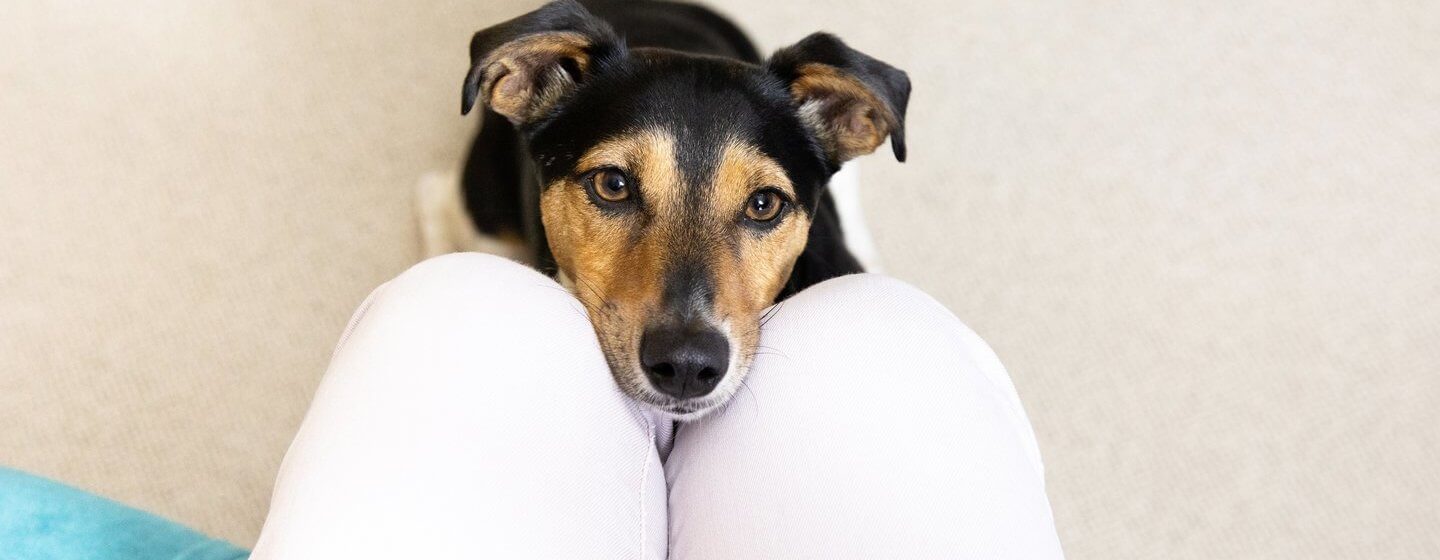
Get His Attention
Usually, deaf dogs can feel vibrations on the floor if we approach them. But, they may not, especially when they are sleeping. It’s important to approach gently instead of startling them. You can come nearby and get his attention by tapping your foot or using a flashlight. You can also use deaf dog accessories such as a vibrating remote collar. The collar, when activated remotely, vibrates to alert your dog. Also, dogs are known for their strong sense of smell. You can use various smells to get his attention or command him to do certain things.
Train Using Hand Signals
Train your dog in a distraction-free environment. Your dog’s attention needs to remain on your hands. Here’s a list of basic hand signals for deaf dogs that you’d want to incorporate in your training. If your dog is experiencing gradually progressing hearing loss, incorporate hand signals into verbal training commands. However, it’s important to gesture with your hands first and then give a verbal command. Otherwise, your dog can have trouble making the connection between the hand signal and what you want him to do.
Train with Rewards
As with hearing dogs, using rewards is the easiest and quickest way to train deaf dogs. When he looks at you or follows a hand gesture successfully, reward him with a treat. Rewards reinforce good behavior. He’ll quickly associate cues and gestures with what you want him to do. Dogs with full hearing loss can be startled easily. They could run away or bite off the approaching person. You can soften his startle reflex by using treats when you call for his attention.
Keeping Your Deaf Dog Safe and Happy
While dogs cope well with hearing loss, this disability makes them a bit vulnerable. To ensure your pet’s safety, here’re some practices you need to follow
Keep Him Leashed
You cannot allow your dog with impaired hearing to roam on his own. They cannot hear cars or anything else approaching them. So, be it a sudden or
gradual hearing loss, when you take him outside an enclosed area, keep him leashed at all times. If your dog plays in the yard, put up a fence to allow for some freedom in a safe environment.
Update His IDs
A hearing-impaired dog needs updated identification tags. Your dog should be wearing the usual tag with your contact information and another that clearly says that he is deaf. Whether your dog is deaf or not, having him microchipped is always a good idea.
Veterinary Care
Deaf dogs need special vet care and a veterinarian can help in giving the right advice for their care and health. They might want some periodic tests done and also a vet will be able to help determine the proper care for the dogs if required. So as soon as you suspect that your dog is not responding to your commands it is time to take them to a vet and get them checked. In case your vet feels the need to have specialized care, they can guide you through that process. If you want a second opinion you can also look up online for best veterinarians in your area.
Educate Family Members
If you’re adopting an already deaf dog or your dog is losing its hearing, it’s important to educate others who share his living space. Inform your family members about the dos and don’ts and ask them to read books or watch educational videos on caring for deaf dogs. It is wise to keep children, who are too little to understand and respect a deaf dog’s requirements away from your dog.
Unfortunately, deaf dogs have a tough time getting adopted because people believe it’s impossible to train them. This isn’t true. They learn as quickly as a hearing dog. And they’re equally lovable. While you need to be a bit more considerate, cautious, and patient with them, helping your special needs pet live a happy life can be very rewarding.

Ruth is all about pet style. She’ll help you and your furry friend turn heads with the latest trends in pet fashion.

